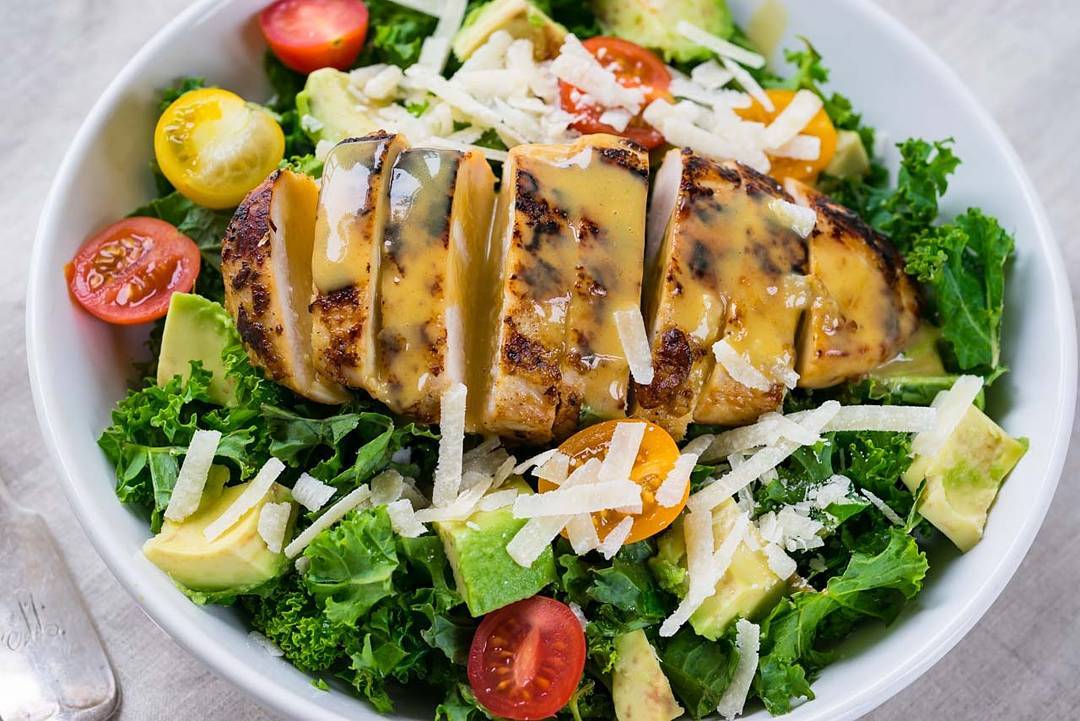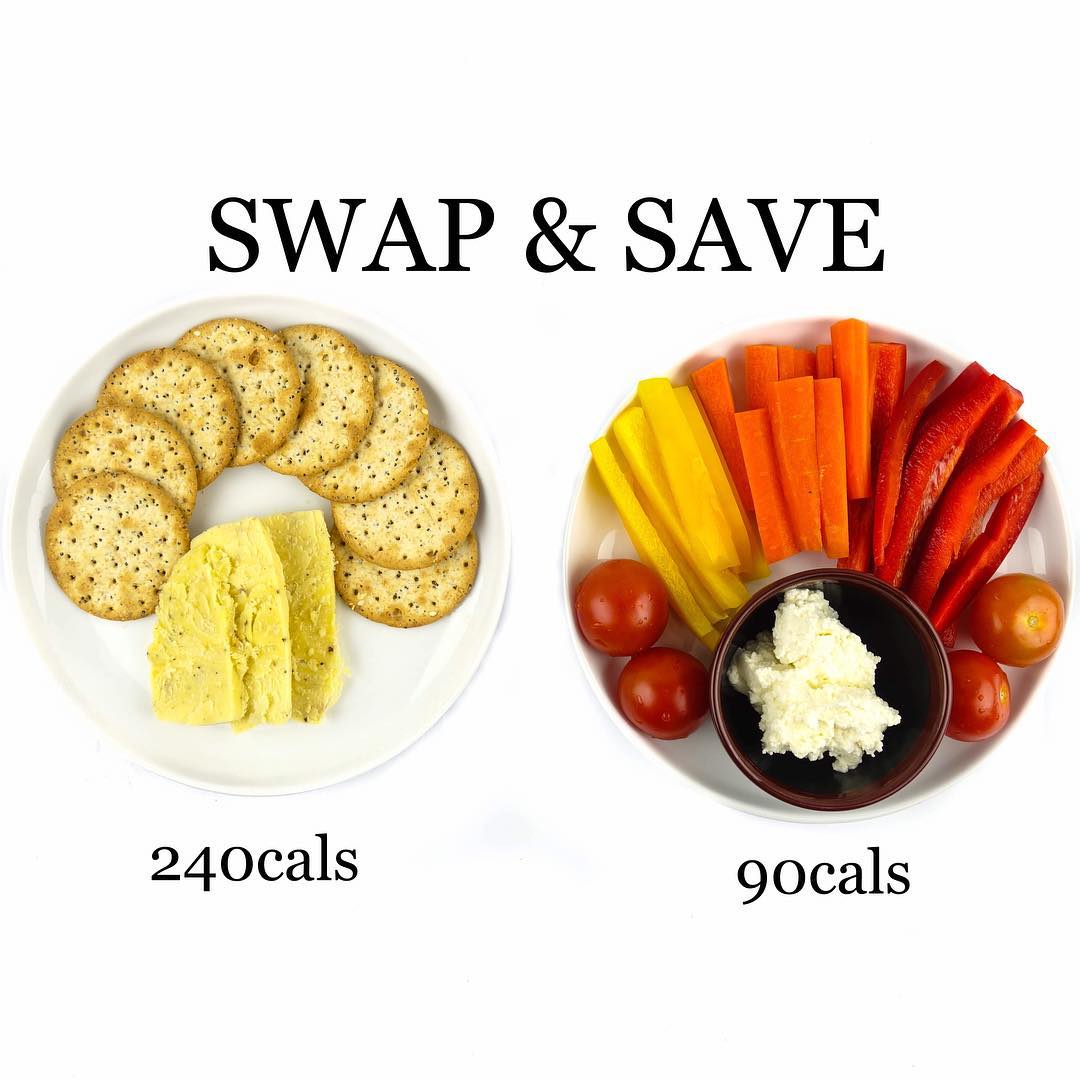3 Reasons to Stop Eating Crackers


3 REASONS CUT THE CRACKERS
(and choose veg instead!)
⠀⠀⠀⠀⠀⠀⠀⠀⠀
1. You can eat more for less (calories). This is especially important for people like me – I have a BIG appetite and find I have to eat quite a lot to get full.
⠀⠀⠀⠀⠀⠀⠀⠀⠀
2. Crackers are nutritionally poor. They don’t give you much except for salt and carbs. Veggies on the other hand… nutrition bombs! ❤️❤️
⠀⠀⠀⠀⠀⠀⠀⠀⠀
3. Fibre. Good for satiety, gut health and comfort, energy levels and mood amongst other things.
Title: The Hidden Calories in Everyday Ingredients
Have you ever stopped to consider the calorie content of the everyday ingredients you use in your cooking? While some may seem harmless, others can quickly add up and contribute to unwanted weight gain. In this article, we will explore the calorie content of common ingredients and offer tips on how to make healthier choices.
Calories in Cooking Oils:
When it comes to cooking oils, the calorie content can vary greatly depending on the type and quantity used. For example, just one tablespoon of olive oil contains around 120 calories, while the same amount of coconut oil has 117 calories. By using smaller amounts or opting for alternatives like cooking spray, you can significantly reduce the calorie content of your dishes without sacrificing flavor.
Calories in Sugar and Sweeteners:
Sugar is a common ingredient in many recipes, but its calorie content can quickly add up. One teaspoon of granulated sugar contains around 16 calories, and it’s easy to use multiple teaspoons in a single recipe. To cut down on calories, consider using natural alternatives like stevia or monk fruit sweetener, which have zero calories and can sweeten your dishes without the added sugar.
Calories in Dairy Products:
Dairy products like milk, cheese, and yogurt can be high in calories, especially if you choose full-fat options. For example, one cup of whole milk has around 150 calories, while the same amount of skim milk has only 80 calories. By opting for lower-fat or non-fat dairy products, you can significantly reduce the calorie content of your meals while still enjoying the same delicious flavors.
Calories in Grains and Starches:
Grains and starches are staples in many diets, but they can also be high in calories if consumed in large quantities. For example, one cup of cooked white rice contains around 200 calories, while the same amount of quinoa has only 120 calories. To lower the calorie content of your meals, consider swapping out traditional white rice for lower-calorie alternatives like cauliflower rice or quinoa.
In conclusion, being mindful of the calorie content of the ingredients you use in your cooking can help you make healthier choices and maintain a balanced diet. By making small swaps and adjustments, you can enjoy your favorite dishes without the added calories. Remember, knowledge is power when it comes to managing your calorie intake, so take the time to educate yourself on the calorie content of the foods you eat.
Source







